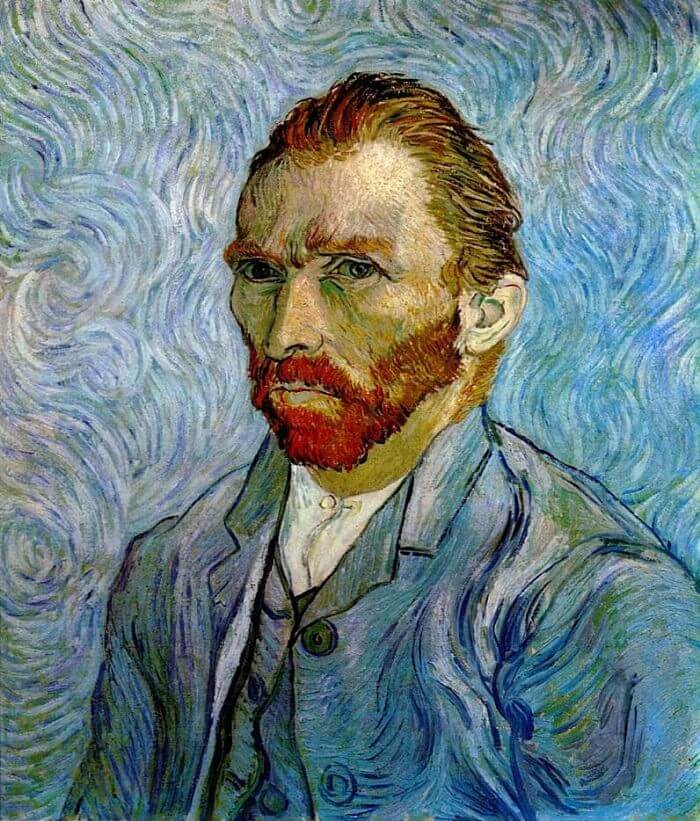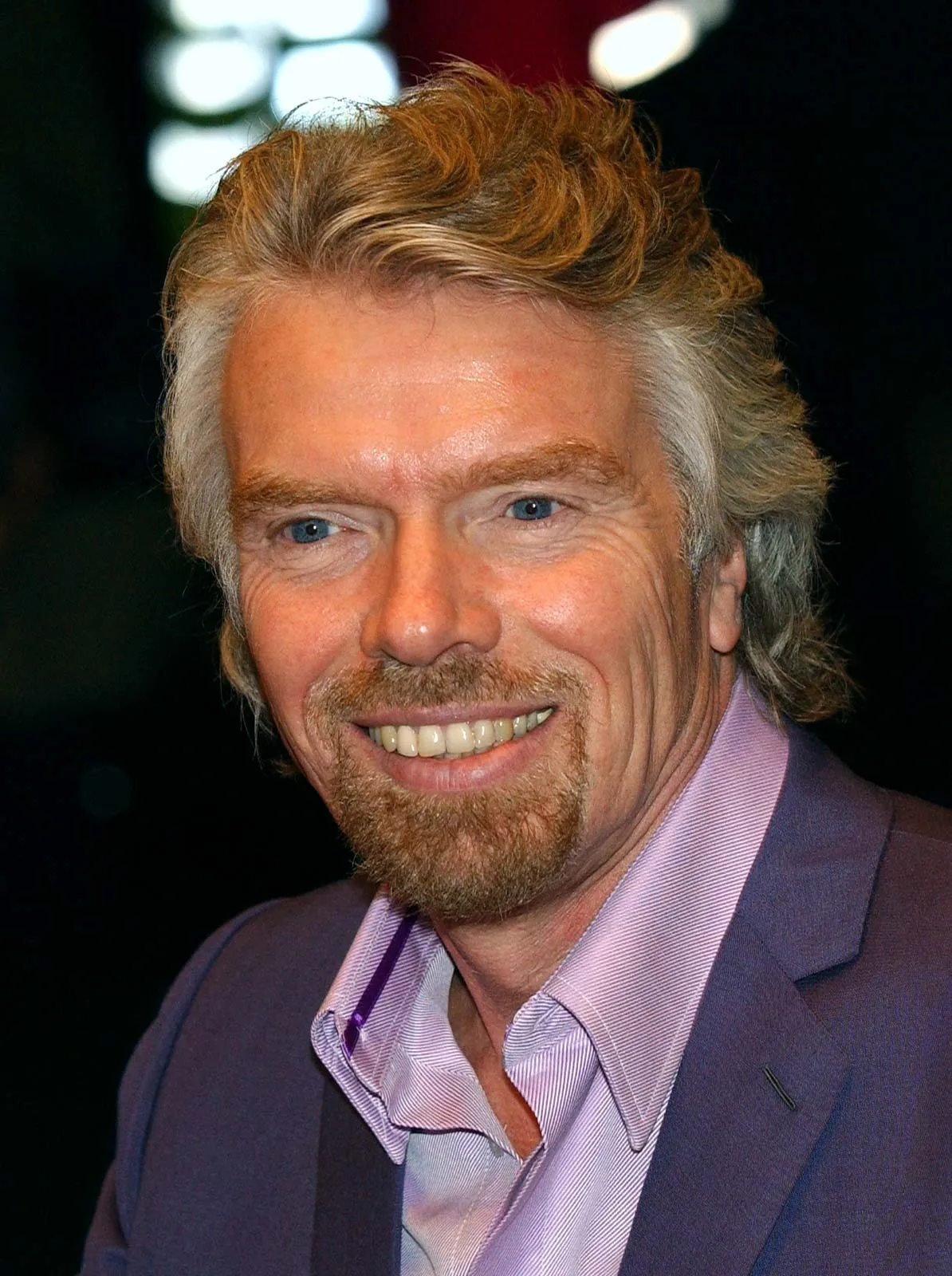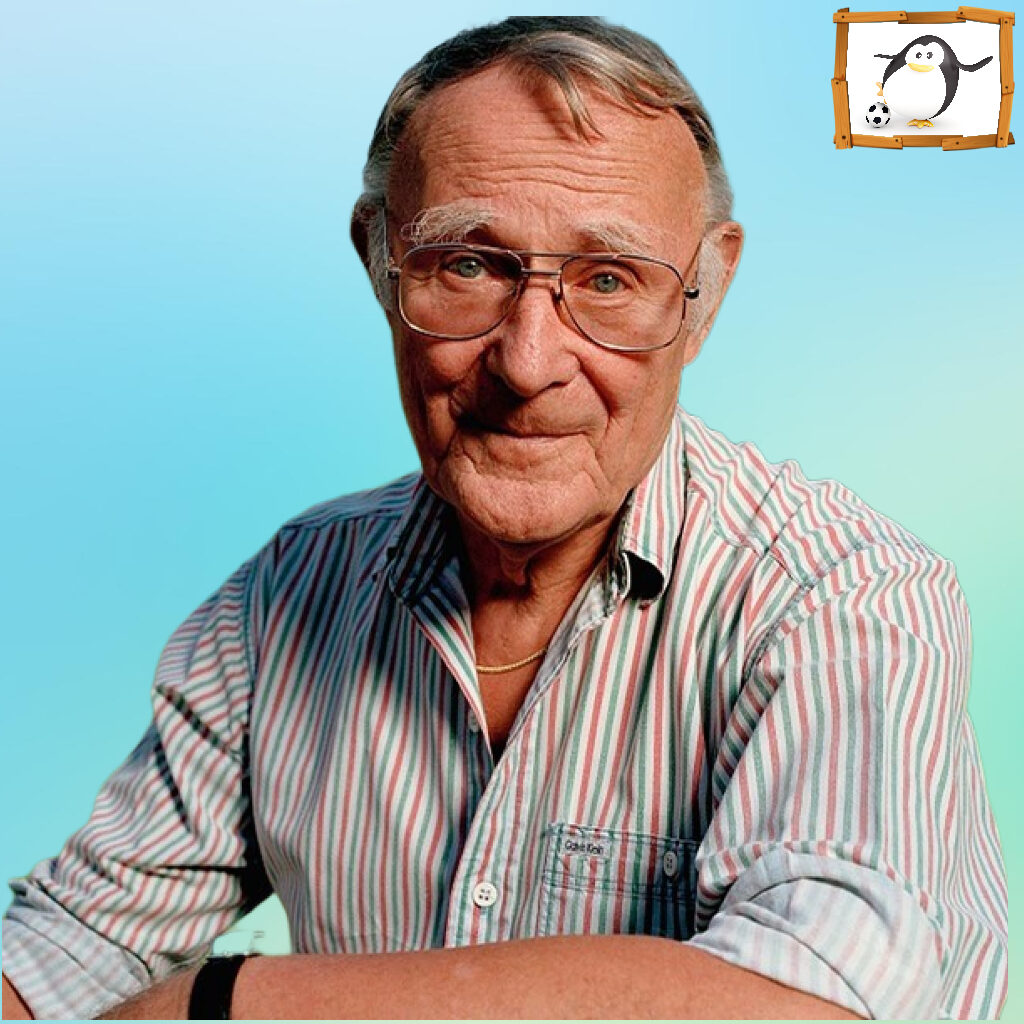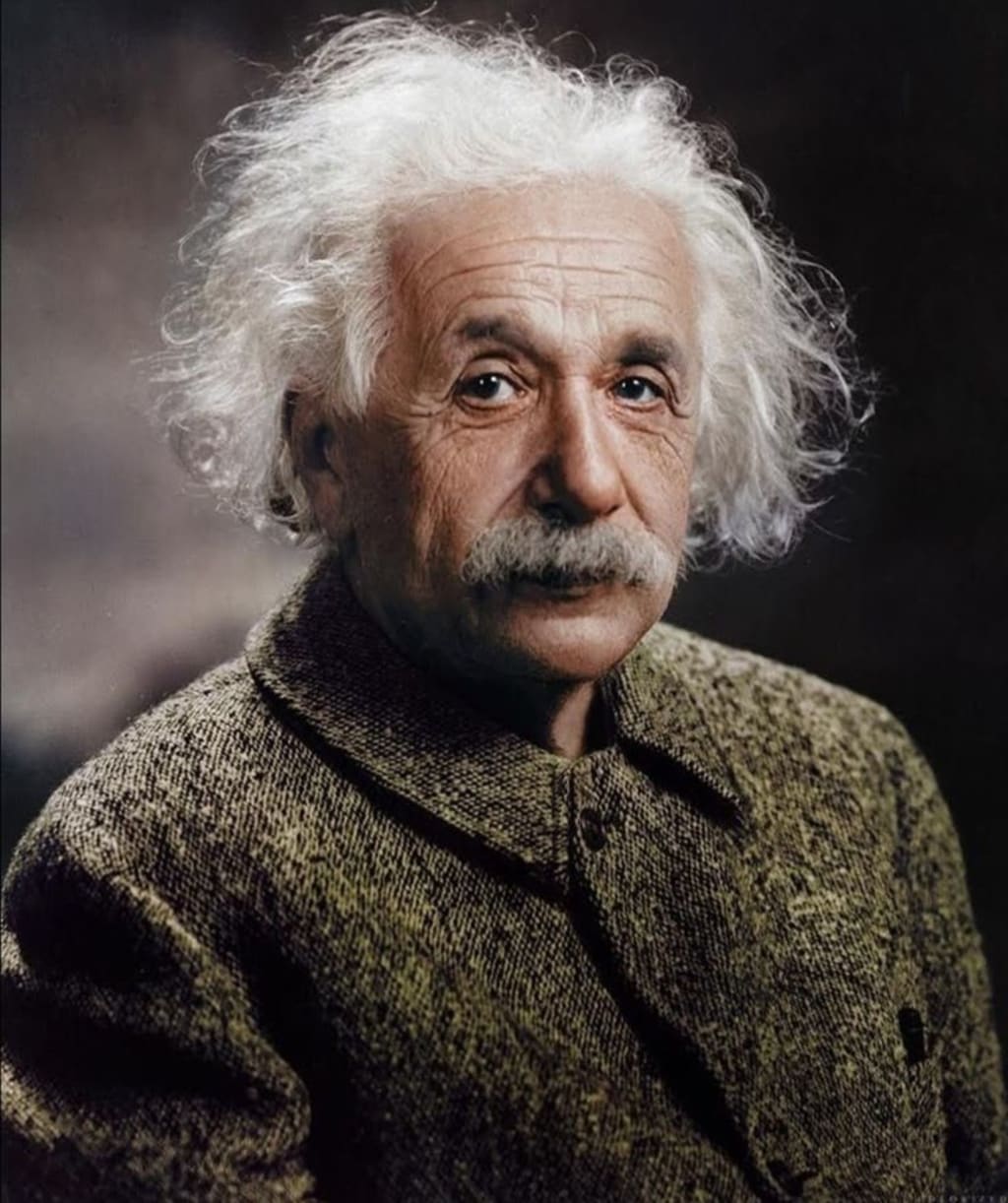.png)
STAY CALM AND DIRECT TRAFFIC!
With a mind that processes more thoughts than average, it is helpful to use organizational tools like to-do lists, calendars, or mind-mapping software to manage and prioritize your thoughts.
Example: Use an app like Trello or Todoist to create categories for your different thoughts and tasks, helping you keep track of everything in an organized manner.


 Ingvar Kamprad was the mastermind behind IKEA, making stylish and functional furniture accessible worldwide. Dyslexia influenced his decision to name products with memorable Swedish words instead of complicated codes, simplifying the shopping experience. His knack for simplicity and efficiency didn't just build a brand—it revolutionized how we think about design in our everyday lives.
Ingvar Kamprad was the mastermind behind IKEA, making stylish and functional furniture accessible worldwide. Dyslexia influenced his decision to name products with memorable Swedish words instead of complicated codes, simplifying the shopping experience. His knack for simplicity and efficiency didn't just build a brand—it revolutionized how we think about design in our everyday lives.
